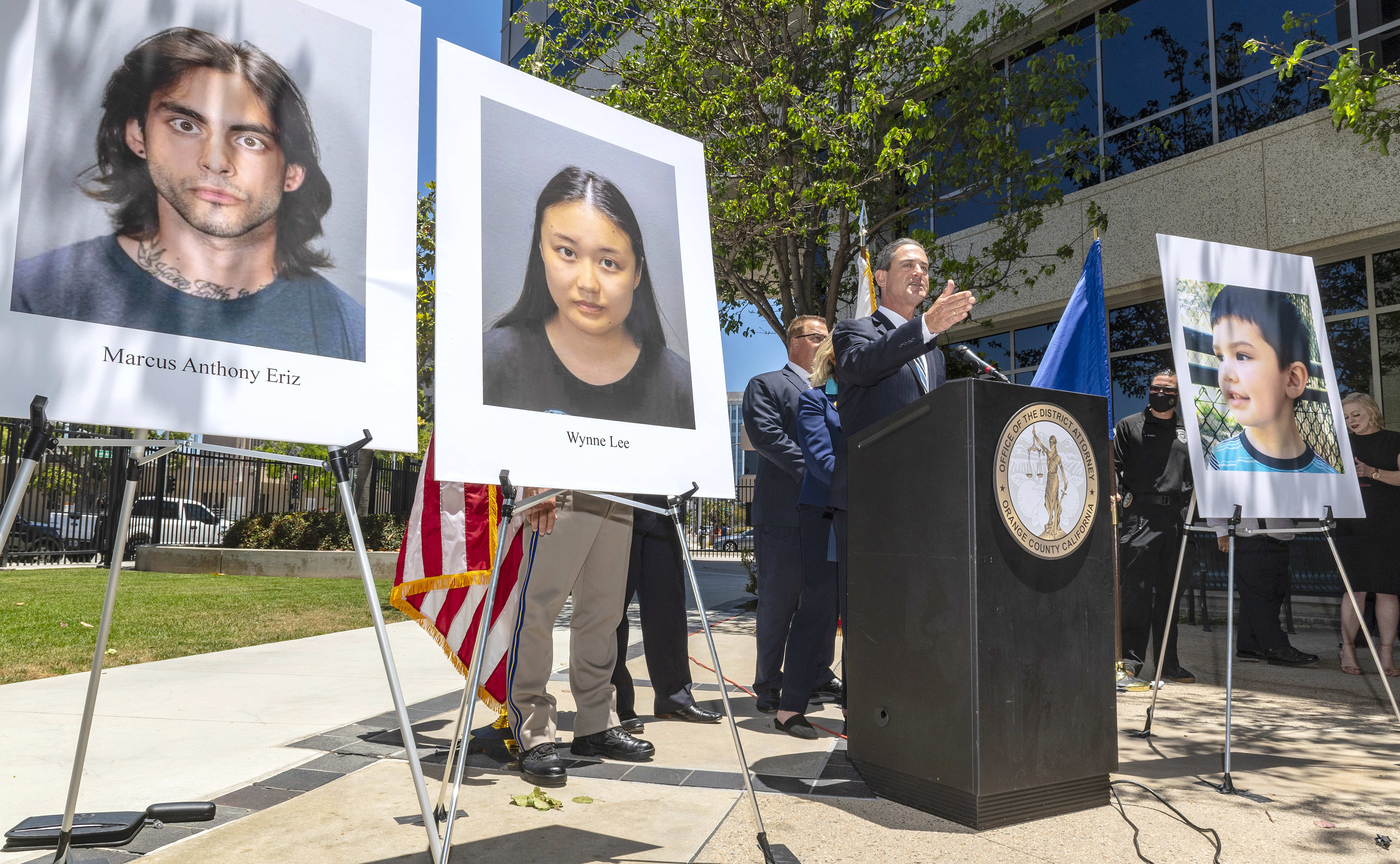What to Know
- A consultant will work out the details of outfitting deputies with body-worn cameras
- "We are a little late to the party," Supervisor Kathryn Barger said
- The use of camera footage had been found effective in reducing the number of civilian complaints and in de-escalating confrontations
The Los Angeles County Board of Supervisors voted today to hire a consultant to work out the details of outfitting deputies with body-worn cameras, with the sheriff's department and a watchdog agency at odds about how much it will cost and how long it will take.
"We are a little late to the party," Supervisor Kathryn Barger said, echoing comments by Supervisors Mark Ridley-Thomas and Hilda Solis, who co- authored the unanimously approved motion and pointed out that two-thirds of law enforcement agencies nationwide deploy body cameras or are implementing plans to use them.
"It's time that the county of Los Angeles find its way into contemporary law enforcement methodologies," Ridley-Thomas said.
Solis said the use of camera footage had been found effective in reducing the number of civilian complaints and in de-escalating confrontations between law enforcement and the public.
"Fundamentally, the goal would be to increase transparency," she said. A pilot program was initiated in 2014, but plans for rolling out body cameras to all deputies seemed to stall under the weight of questions about when and how to release recordings to deputies and the public, as well as how to pay for storing and managing extensive amounts of data.
In the interim, the Los Angeles Police Department moved forward with its own program. Though it initially kept recordings for internal use, the LAPD revised its policy in March to require public release of video from "critical incidents," such as police shootings, within 45 days.
News
Top news of the day
In the recent shootout at Trader Joe's in Silver Lake -- where store assistant manager Melyda Corado was killed by an LAPD bullet during an exchange of gunfire between police and a man suspected of shooting two other people -- LAPD Chief Michel Moore released bodycam video three days later. Board members cited that decision as key to helping the public understand what really happened.
Inspector General Max Huntsman, whose team investigates deputy shootings and claims of excessive force, said video is critical both in protecting the public and vindicating law enforcement officers doing their job.
"If you don't have video, you don't know what happened," Huntsman said, telling the board that cameras would give officials "the ability to supervise the men with guns who we give the power of life and death over us in the streets. It has to be that way. We need them out there."
Supervisor Janice Hahn said she was committed to that goal, but wondered aloud, "I'm not sure how we're going to find that money."
A 2017 report by the county CEO put the cost of deploying 6,000-plus cameras at $84 million and said it would require hiring 302 people, 239 of whom would work for the sheriff's department.
Huntsman said the LAPD had managed to implement a less costly version and added that a consultant could help the board decide whether a "Cadillac" plan was required. Brian Williams, who leads the civilian commission that acts as a watchdog agency over the sheriff's department, said he didn't believe the sheriff's department would need to fill as many new positions as estimated, saying one way to cut costs would be to determine that videos are not subject to public record act requests.
The commission has put forth 17 policy recommendations based on discussions with experts across the country and a series of public hearings. They suggest releasing videos of high-profile incidents to the public within 30 days, not allowing deputies to view video footage until after providing an initial statement of what happened, and prohibiting the use of facial recognition technology.
"Body-worn cameras are not going to be a panacea for all that ails law enforcement ... but they go a long way toward reducing excessive and unnecessary use of force, reducing complaints, increasing transparency, boosting social justice and possibly avoiding civil unrest in extreme circumstances," Williams said.
He said he believed the sheriff's and CEO's estimate of four years for implementation could be cut in half -- based on part on the time it took for the LAPD to roll out even more cameras.
Williams quoted legendary UCLA basketball coach John Wooden in asking the board to "hurry, but don't rush." The board asked the CEO to report back with the consultant's recommendations in five months.



